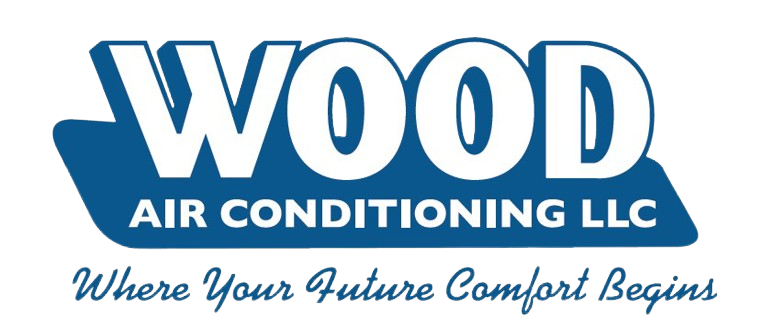The Mutually Dependent Systems in Your Energy-Efficient Home
As the warm weather marches on, it’s important to find ways to save energy wherever possible in your Texas home. There are plenty of individual steps you can take toward creating an energy-efficient home, but rather than focusing on individual tactics, it’s much more beneficial to look at the system as a whole.
When it comes to the way your home uses energy, every aspect works together—from your appliances and the kind of windows you have to your home insulation. This is called the whole-house systems approach to energy efficiency. If you really want to save energy, you need to tackle each of these systems at their source to make sure everything runs efficiently—both separately and as a single, interconnected unit.
In order to help you not just lower your energy bills for the season but also maintain an energy-efficient home year round, every factor of the system is taken into consideration. Here are some ways you can get started.
Sealing Air Leaks and Duct Leaks
One of the most important factors of an energy-efficient home is heating and cooling. No matter the season, it’s a large percentage of your energy bill, so it’s essential to make sure you’re getting the most from your system. This means keeping conditioned air in and unconditioned air out.
When air from outdoors leaks into your home, it mixes with the conditioned air from your HVAC system, making the cool air warmer or vice versa. To prevent this, you need to seal the air leaks in your home. Some of the most common places for leaks include around windows and door frames, ceilings and baseboards, and around electrical outlets and switches.
You can examine your house to see where leaks exist, or have an HVAC professional perform a blower door test. Once you’ve determined where the air leaks are, you can seal your doors and windows with weatherstripping and the others with the appropriate caulking.
But there’s another important place where leaks occur and waste energy: your ductwork. Duct leaks mean the conditioned air from your HVAC system is escaping before it has a chance to enter your livable space. The less air reaches your home, the longer it will take to heat or cool and the more energy your HVAC system will use. Have a professional examine your ducts for pinhole leaks, holes and other damage, as well as places where a section of ductwork has come loose. Repair these leaks with metal tape or mastic sealant.
HVAC Maintenance
Once your leaks are taken care of, the next step toward an energy-efficient home is making sure that your HVAC system is doing its job properly. Schedule a professional tuneup for your A/C at the beginning of each cooling season and one for your furnace at the beginning of the heating season. This preventive maintenance appointment will ensure the HVAC system is in good working order and ready to do its job efficiently.
In addition, it’s important to check your unit’s air filter monthly and change it when dirt begins to accumulate, or every three months at a minimum. A clogged filter restricts the flow of air to your home, wasting energy. You should also make sure your home is properly insulated, to maximize your HVAC system’s effectiveness.
If upgrading your HVAC system is also on your list of to-dos, remember to look for a newer, more energy-efficient one. Make sure your new system bears the blue Energy Star logo, which certifies its energy-saving dependability. It also ensures the equipment has a high efficiency rating, which means it’s able to make the most of the energy it uses.
Replacing Windows
A well-placed window lets in natural light and heat, reducing your need for electricity. And replacing your glass with Energy Star-certified panes, designed for use in the south-central climate zone (which includes Texas), can lower your energy bills even more.
Buying Energy Star Bulbs and Appliances
Windows and HVAC units aren’t the only things certified by Energy Star. Everything from refrigerators to dishwashers and washing machines can receive an Energy Star logo for efficiency. This means the appliance has been proven to reduce energy use and save money over its lifetime. Looking for the Energy Star logo when buying appliances is essential for an energy-efficient home.
Your light bulbs can be another great source of energy savings. Replace incandescent bulbs with fluorescent or LED lights (also certified by Energy Star) to get the same amount of light while using up to 78 percent less energy.
For more tips on creating or maintaining a more energy-efficient home, contact the experts at Wood Air Conditioning & Plumbing. We’ve provided quality service and comfort to Mount Pleasant, Winnsboro and the surrounding areas for over 56 years.
